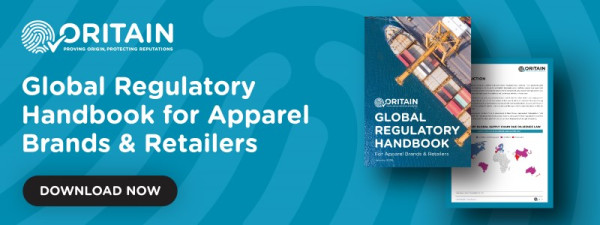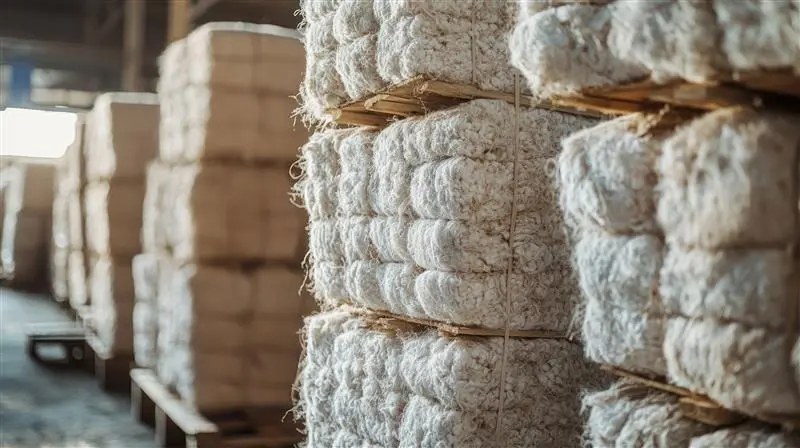Revitalizing Your Supply Chain: How to Integrate Sustainability, Resilience and Transparency
By Dr. Sam Lind | 30 October 2024
minutes to read.

Supply chains today are fragile and susceptible to risk. Conflicts are escalating in many parts of the world; ports are congested; extreme weather events are harming our sea routes; costs are rising.
Leaders are also contending with the intensified focus on ESG and sustainability – both in regulation and global consumer trends. The drive for positive social and environmental change, and the pressure to adhere to it, has never been greater.
A recent survey by McKinsey showed that 93% of senior supply-chain executives reported that they intend to make their supply chains far more flexible, agile, and resilient.
But how do we achieve this? How can we strengthen resilience while improving our sustainability profile?
In this article we’ll discuss the issues surrounding supply chain transparency and show how sustainability can be embedded into supply chain operations.
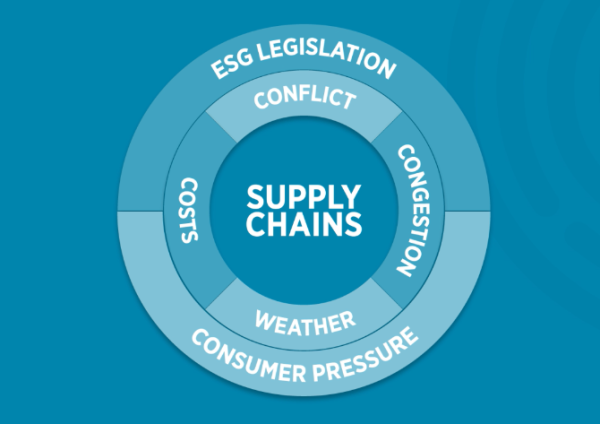
Supply chains under greater scrutiny
Supply chains around the world are coming under greater scrutiny – from regulators, investors, and consumers.
Part of the problem is that our supply chains have become longer and more complex. This has made it harder for manufacturers and retail brands to accurately trace the origin and journey of their products and raw materials.
Unfortunately, these blind spots can potentially mask activities of forced labor, deforestation, or other practices which harm our planet and our people.
Currently, an estimated 50 million people live in modern slavery and around ten million hectares are deforested every year, only half of which is offset by regrowing forests.
These are staggering numbers, and consumers are increasingly holding businesses to account. Reports show 76% of consumers would stop buying from firms that neglect environmental, employee, or community wellbeing.
And it’s not just consumers – 89% of investors take ESG factors into account in their investment decisions.
This shows that supply chains and sustainability have become inextricably linked. Building resiliency throughout the entire supply chain is essential for businesses to succeed.
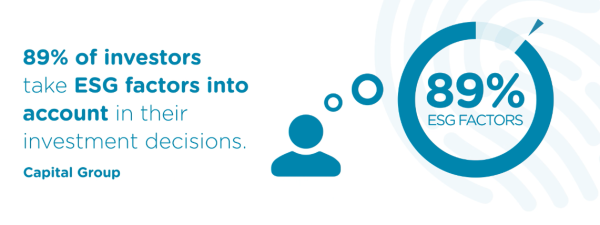
Tightening regulation raises the stakes
Perhaps the biggest influence on supply chains right now is regulation. We’re operating in an environment of tightening regulatory oversight, right across the world.
Since the UFLPA was introduced just over two years ago to tackle the issues of forced labor and child labor, more than ten thousand shipments worth over three and a half billion US dollars have been detained.
Failing to comply could be disastrous. If you’re a fashion brand whose shipments are stopped at the border, that delay of a few weeks could cost you the season – and millions in retail sales, as well as large fines and damaged brand reputation.
But it’s not just in the United States. Legislation in other countries is following suit, including Canada’s Forced Labor Act and the EU Ban on Forced Labor.
We’re also seeing environmental protection being regulated through the EU Deforestation Regulation and Corporate Sustainability Due Diligence Directive.
This is where transparency is so important. If your business wants to capitalize on key markets, you’ll need to prove the integrity of your products.
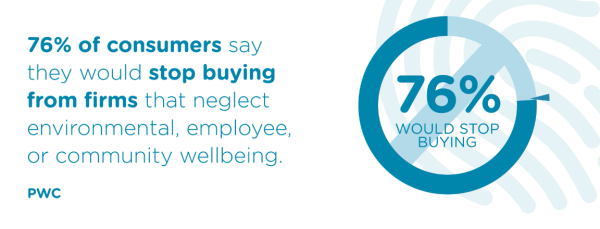
Transparency trumps traditional models
This is a critical shift for businesses. It means there are now a number of defined ‘risk regions’ around the world – areas that have been identified as potentially being associated with forced labor and deforestation.
If you have suppliers or partners operating in those areas, you’ll also need visibility over their processes and actions to meet regulatory compliance. You need transparency throughout your entire supply chain.
Traditional supply chain models are focused on the efficiency of producing and delivering goods. They give less regard to resources and labor practices.
However, this approach increases the potential for unwelcome surprises, like finding out your ‘100% pure’ garment contains materials from one of the high-risk regions – and then the integrity of your entire supply chain is in question.
Today, the onus and responsibility are on the brand and retailers to know exactly where their products and raw materials come from. There’s no deferring to suppliers or pleading ignorance.

Spotlighting the fashion sector
Oritain’s dedicated Market Insights team carry out research into global fashion markets. In November last year, we found that three-quarters of clothing and apparel brands tested had at least one garment made using cotton from high-risk regions associated with forced labor.
These are goods that have made it all the way to the shop front.
We also know that products are sometimes shipped through foreign countries to circumvent regulation and bypass sanctions. Cotton goods grown and manufactured in high-risk regions are now being transported through other countries before being shipped internationally – and potentially ending up in your local retail store.
This is a huge risk for cotton and fashion brands and wholesalers, because it means they could inadvertently be purchasing products originating in these risk origins.
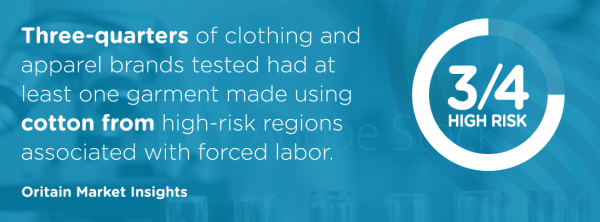
From traditional to sustainable supply chains
Sustainable supply chains take a broader view than traditional models. They embed positive ethical and environmental practices throughout. They integrate ESG considerations into decisions around where raw materials are sourced, the way they’re converted to products, and how they are delivered to the market.
Where businesses using traditional supply chain models would typically have visibility of only their immediate upstream or downstream partners, a sustainable supply chain model provides full end-to-end transparency.
This holistic approach ensures that all stakeholders in the supply chain are accountable and that their practices are sustainable.
The message is clear: to meet the factors driving the market today, we need to leave traditional models in the past, and work to build more sustainable supply chains.
Greater transparency builds stronger sustainability
Part of the solution is to build more informed, collaborative partnerships with your suppliers. Setting clear expectations of what you expect from them, providing support to enable this, and conducting regular training to keep their staff upskilled and compliant.
But it also comes from introducing an ongoing traceability program that provides oversight of where your raw materials are sourced from and delivers assurance they’re free of association with forced labor, deforestation, or other such practices.
Information is plentiful – we’re surrounded by it every day. But transparency is harder to deliver.
If we don’t know where products originate from, if we can’t prove that the product we’re buying matches what it says on the label, how can we be sure that it’s authentic? And if we don’t know that, how can we be sure that it’s been produced ethically, responsibly, and sustainably?

Origin verification drives confidence and compliance
That’s why our mission at Oritain is to be the source of truth in global supply chains. We use proven forensic chemistry and data science techniques to scientifically test and verify origin.
By applying rigorous scientific analysis, we can verify whether a garment, a coffee bean, or other raw materials are authentic. And by providing this substantiation of truth, businesses can be assured of the integrity of their supply chain, and customers can be confident they’re getting the genuine article.
It also means we can make changes to our processes and operations that will deliver products that are more authentic, more sustainable, and more compliant.
Origin verification is at the forefront of addressing the challenges surrounding supply chain transparency, traceability and sustainability and provides all parties with the confidence of true resilience.
Conclusion: The imperative of supply chains is traceability
Building sustainable supply chains can be challenging for businesses. It demands a vision, investment and commitment that is embedded across – and beyond – the organization.
It’s about more than just putting eco labels on a pack or paying lip service to environmental credentials. It means getting to the truth of our supply chains – and using that knowledge to build amazing products that are better for everyone.
Sustainability is a long-term game. Replacing traditional models of supply chain management won’t happen overnight. But businesses that step up now will put themselves in pole position for the long-term benefits of enhanced brand reputation, deeper customer loyalty, and reduced risk – and contribute to a fairer, more ethical world.
Oritain can help supply chain, sustainability and procurement professionals achieve transparency, traceability, and resiliency throughout the supply chain to achieve long term business success.
This article was adapted from the keynote speech delivered by Oritain at the Verdantix Sustainable Supply Chain Summit event in October 2024.
Disclaimer: The information provided in this document does not and is not intended to constitute legal advice. Instead, all information presented here is for general informational purposes only. Counsel should be consulted with respect to any particular legal situation.
